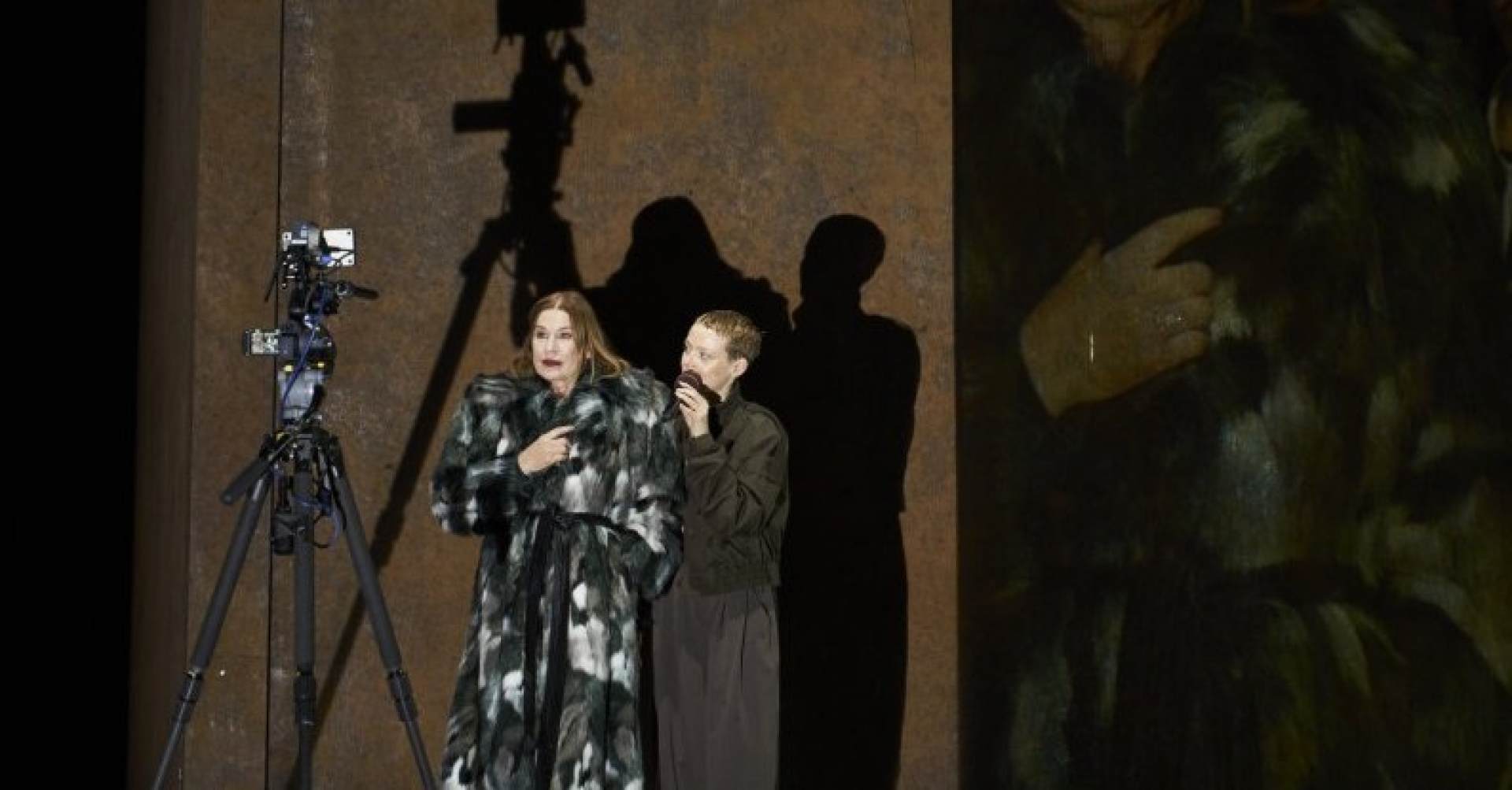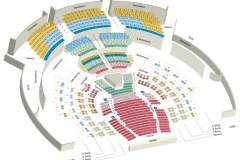The Last Days of Mankind
December 2025 | ||||||
|---|---|---|---|---|---|---|
Mo | Tu | We | Th | Fr | Sa | Su |
The Last Days of Mankind
by Karl Kraus
Between 1915 and 1922, Karl Kraus wrote the extensive drama THE LAST DAYS OF MANKIND. In over 200 scenes, it portrays World War I in a manner both profoundly dark and absurd: from the delusions of politicians to deliberate misinformation by the press, and the dull indifference of the public. Kraus ruthlessly exposes how the entanglement of power interests and war propaganda, combined with an opportunistic society, makes the madness of war possible in the first place.
Director Dušan David Pařízek has created a new version of this work, which was long considered "unperformable" and which Kraus himself originally envisioned not for an earthly stage but for a "theater of Mars."
Program and cast
Direction and Set: Dušan David Pařízek
Costumes: Kamila Polívková
Costume Assistance: Magdaléna Vrábová
Live Music and Video Design: Peter Fasching
Lighting: Reinhard Traub
Dramaturgy: Lena Wontorra
Cast
Marie-Luise Stockinger – Alice Schalek, War Correspondent
Michael Maertens – Sigmund Schwarz-Gelber, Politician
Dörte Lyssewski – Elfriede Ritter-Schwarz-Gelber, Actress
Felix Rech – Anton Allmer, Field Chaplain
Elisa Plüss – The Complainer
Branko Samarovski – Vinzenz Chramosta, Patriot
Peter Fasching – Peter Sedlatschek, Sergeant
Burgtheater
The stage of the Burgtheater is one of the biggest theatre stages in the world. The stage portal is 12m wide, the main stage is 28,5m wide, 23m deep and 28m high. At the opening in 1888 the stage technology was already innovatory and has been modernized on many occasions. During the reconstruction after World War II, which was accomplished in 1955, a stage equipment was installed that is still revolutionary today. The revolving stage consists of a rotating cylinder (15m high, 21m diameter) and four hydraulic lifts (12 x 4 m each). With the help of this technical features the scenery can be changed within 40 seconds. It is the biggest automatic and computer controlled stagesystem in Europe.
The Burgtheater auditorium holds 1175 seats, it has standing room for 84 visitors and 12 places for disabled visitors.
Apart from the stage-art the Burgtheater plays an important part in architecture and interior design of the 19th century in Vienna. The magnificent decoration, especially the two imperial staircases painted by Gustav Klimt, his brother Ernst Klimt and their companion Franz Matsch as well as the main foyer and the many statues, busts and paintings of famous writers and actors can be visited during our dailyguided tour.

 EN
EN DE
DE IT
IT FR
FR ES
ES RU
RU JP
JP RO
RO
 Seating plan
Seating plan 